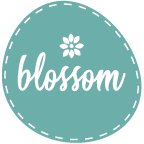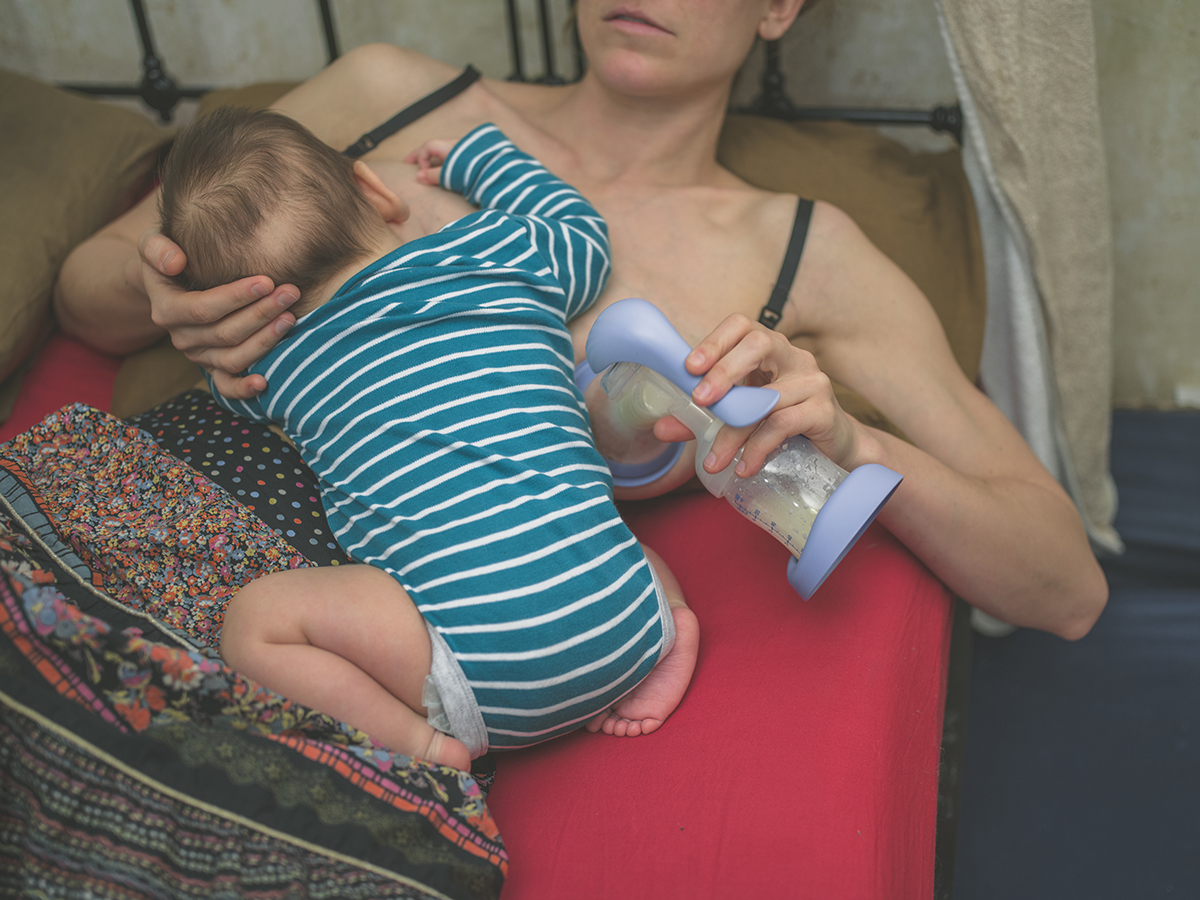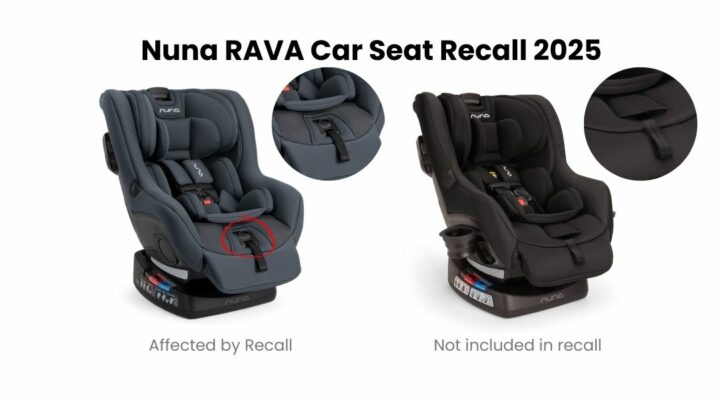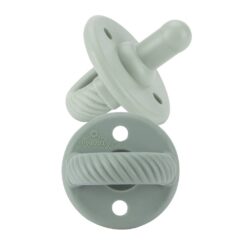If you’ve decided to breastfeed, whether by direct nursing or by pumping, your nipples may need a little help to stay moisturized and pain-free. A lot of popular breastfeeding resources, and maybe even your LC or doctor, recommend lanolin, but what are your options?
What is Lanolin?
Lanolin is oil secreted by a sheep’s skin and harvested from shorn wool. Conventionally-harvested wool is soaked with pesticides/insecticides to remove parasites, and then solvents are used to remove pesticide and detergent residues. As an animal-derived product, it’s probably not the ingredient of choice for vegan mamas. If you do choose lanolin, you should choose a brand that contains 100% lanolin.
Is Lanolin safe?
If you use lanolin, it is generally accepted that you don’t have to wipe it off before you feed your baby or pump, because it’s considered nontoxic. There has been some concern raised for the levels of pesticide residue in lanolin products, but more studies need to be done, and the pesticide levels are considered no greater than levels in fruits and vegetables. One consideration however, is that a baby has an immature gut until approximately 6 months old. If you’re worried about any pesticide residue, clean and wipe your nipples before feeding or pumping.
Lanolin is generally considered safe for intact skin. Studies, however, have found increased allergic reactions to lanolin. According to the US National Library of Medicine, the most common side effects for lanolin use is allergic reaction or skin irritation. Women with wool and latex allergies are more prone to have an allergic reaction to lanolin, and should avoid it.
What about Nipple Balms and Creams?
Depending on the manufacturer, nipple balms and creams contain different main ingredients – usually plant-based edible oils and butters. Some like Tiny Human Supply Co Nipple Crack and Honest Company Nipple Balm use coconut oil as a main ingredient. Coconut oil has some natural antimicrobial and antifungal properties, which lanolin doesn’t. Other brands, like the Earth Mama Nipple Butter use cocoa butter as a main ingredient. Motherlove Nipple Cream uses olive oil.
Are edible oils safe for breastfeeding babies?
Coconut oil, olive oil, and butters like shea and cocoa are considered safe for baby so you don’t have to wipe it off before feeding! Olive trees require little to no pesticides in production, even in conventional farming.
However, if the baby ingests too much of these, it can cause oily stools. Scents and flavors may also be a turn-off for baby if you leave it on before nursing.
What should I avoid in a nipple cream?
You have to be careful what you put on your nipples. Here are some ingredients to avoid:
- Numbing Creams – These can affect milk letdown reflexes and numb your poor babies’ mouth
- Unpurified Lanolin – These have a higher incident of skin reactions, and may contain residues from processing
- Vitamin E Creams – These can be very dangerous for your baby
- Petroleum Products (like Vasoline) – These do not allow air flow to your skin and can clog Montgomery glands on your breast.
- Anything with Alcohol – Products with alcohol can cause more drying and cracking
- Chlorphenesin & Phenoxyethanol – may cause respiratory distress or vomiting and diarrhea in infants
- Parabens – Antimicrobial agents used to prevent bacterial and mold growth in cosmetics and skin care products. Most common parabens are ethylparaben, methylparaben, propylparaben, isopropylparaben, butylparaben, and isobutyl paraben.
- Flavors or Scents – While natural flavors or scents (like that of coconut oil) are not necessarily harmful, these may cause baby to reject your nipple
Finding a balm or cream that is USDA Certified Organic may help alleviate any label worries you may have, but it’s still a great idea to be aware of what’s in the products you use around your baby and your milk!
Which is more effective to treat nipple pain? Lanolin or Nipple Balms?
In randomized trials, lanolin was no more effective than other measures (except the use of expressed breastmilk, in which it was found superior) to combat damaged or painful nipples. Another study found that olive oil was superior to lanolin for prevention of sore nipples.
Because of this, don’t feel bound to use lanolin because it’s recommended, but don’t feel afraid to use it if it is what works for you or if it’s the only available option.
When do I need nipple balm?
Every breastfeeding mama is different – some never need any nipple balm! You should consider a nipple balm if you experience:
- Dry, cracked nipples
- Nipple discomfort
You may also consider using a nipple balm to lubricate plastic breast pump flanges!
Recommended Nipple Balm
Sources:
- https://www.dermstore.com/blog/is-lanolin-safe/
- https://www.nrdc.org/stories/chemicals-avoid-when-youre-pregnant-or-breastfeeding
- https://www.dermstore.com/blog/is-lanolin-safe/
- https://www.webmd.com/parenting/baby/news/20080527/fda-warning-nipple-cream-hurts-babies
- https://www.ams.usda.gov/grades-standards/organic-standards
- https://www.ncbi.nlm.nih.gov/books/NBK501842/
- https://www.drugs.com/breastfeeding/lanolin.html





 Itzy Ritzy Sweetie Soother Pacifier Set (2-Pack) Agave + Succulent
Itzy Ritzy Sweetie Soother Pacifier Set (2-Pack) Agave + Succulent